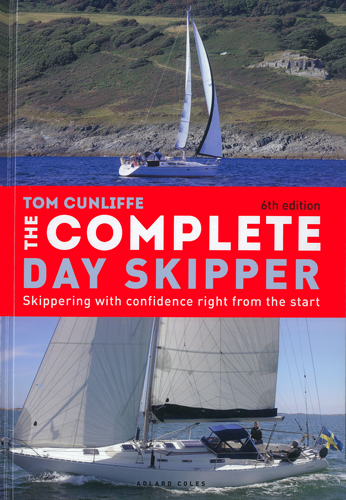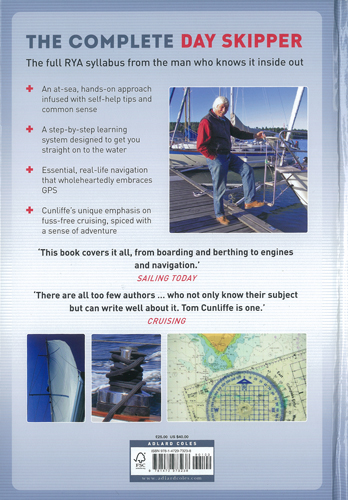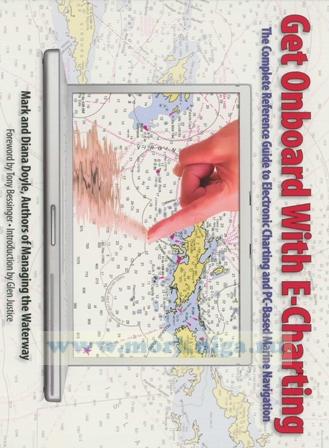The Complete Day Skipper. 6th edition
Издание на английском языке.
Taking charge of a yacht lifts you out of your everyday life more comprehensively than any other form of recreation. The experience can be relaxing, exciting, exhilarating, perhaps occasionally even daunting. No two trips are the same, but whatever combination a passage delivers, it will ask you to dip into the three major factors that contribute to who you are. That is why skippering is so absorbing. Sailing inevitably involves some degree of physical activity. It may not crank up your fitness like three nights a week in the gym but, depending on the boat you choose, the process works you out as much as you want it to, and it certainly keeps you supple. Navigating safely places certain demands on the intellect, and the tactical decisions can sometimes plumb core levels of the personality; but making a passage isn't all brawn and brain. It's also about being at one with the natural world. If the wind is in the west and the tide is flooding, the combination may be useful or supremely inconvenient, but nothing you can do will alter either, until the elements roll round in their own sweet time. Accepting the ancient forces of the planet came easily to seamen in the past; it's harder for generations accustomed to centrally heated homes, the internal combustion engine and the internet, yet to do so is critical for success. It is also, to steal a phrase, the beginning of wisdom. This, coupled with the ever-changing beauty of the sea and the shoreline, furnishes the essential magical element of skippering. This book does not set out to transform you into a Master Mariner overnight. It has been constructed to deliver a soundly based confidence in essential skills through individually achievable goals.
Contents
Preface
Introduction
Acknowledgements
1 What’s in a boat
Boarding
The hull
The mast
The engine
The galley
Steering systems
2 Moving the boat
Theory
Dealing with shore lines
Leaving the berth
Practical boat handling
Returning to the berth
3 First ventures
Reading the chart
Aids to navigation
Venturing out of harbour
The wide blue yonder
4 Beginning to sail as a skipper
Theory of sail
First steps under sail
Sails and winches
Basic sailing
Exercises
5 Seamanship
Preparation for sea
Deck safety
Mechanics of stowing headsail
Sail selection and shortening down
Engine troubleshooting
6 Essential navigation о theory
Position and distance
Direction
Tides
The electronic chart plotter - a caveat
7 Practical navigation
Knowing where you are
Onward navigation
8 Arriving in port
Pilotage
Choosing a berth
9 Etiquette
Flag etiquette
Rafting up
10 Weather
Beaufort wind scale
Visibility
Weather systems
Sources of weather forecasts
11 Making the passage
Preparation
Conducting the yacht on passage
Living aboard on passage
Evaluating
12 Advanced Navigation
Further tidal height theory
Intermediate tidal heights
Cross-tide navigation
Compass deviation
Electronic chart plotters
Correcting charts
13 Navigating with an electronic chart plotter
Types of electonic navigation chart
Features of chart plotters
14 F0G
Safety in fog
Fog tactics
Navigation in fog
15 Anchoring, mooring and boat handling
Manoeuvres under power
Manoeuvres under sail
Further skills
16 Emergencies and how to prevent them
Keeping out of trouble
Man overboard
General distress, and search and rescue assistance
And beyond
Glossary
Appendix 1: Checklist for leaving the boat
Appendix 2: Measurements
Index





 Get On Board with E-Charting
Get On Board with E-Charting  RYA Passage Planning
RYA Passage Planning